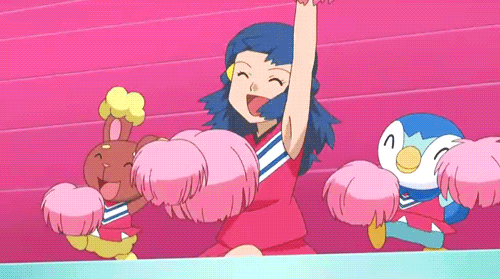
Hello there literature lovers across the sea!
As in our previous post we did mentioned about sharing the approaches that can be utilized in teaching and learning process so yawning, droopy eyelids is a no no while you are teaching.
 |
| nope. This look will demotivate your teaching spirit! |
So, you may click on either four of the approaches that we have shared and you can definitely try it out in your class and do share with us the experience and outcomes of the teaching process.
 |
| Interested? Just click on the approaches :) |
Through these approaches we are only emphasizing on two selected literature texts. The aesthetic and language approach will be conducted based on the poem "He has such quiet eyes" by Bibsy Soenharjo.
He Had Such
Quiet Eyes by Bibsy Soenharjo
He had such
quiet eyes
She did not
realise
They were two
pools of lies
Layered with
thinnest ice
To her, those
quiet eyes
Were breathing
desolate sighs
Imploring her to
be nice
And to render
him paradise
If only she’d
been wise
And had listened
to the advice
Never to
compromise
With
pleasure-seeking guys
She’d be free
from ‘the hows and whys’
Now here’s a bit
of advice
Be sure that
nice really means nice
Then you’ll
never be losing at dice
Though you lose
your heart once or twice
We then use one of the short story offered in the Literature Component of English Language Curriculum for Malaysian School Syllabus which is The Fruitcake Special written by Frank Brennan.
Do try the activities we have suggested and you may provide some opinions of its pros and cons and perhaps we may exchange various number of activities to be applied in our literature teaching. May these approaches assist you in creating a conducive yet entertaining learning process.
HAPPY TEACHING!






